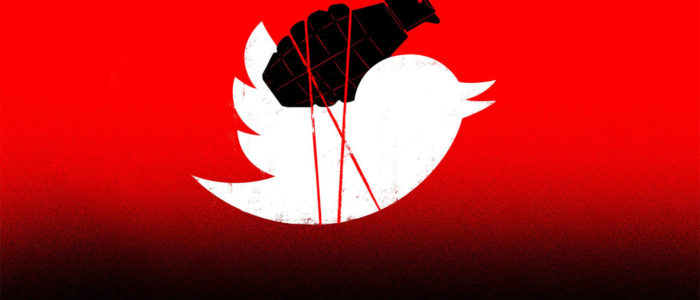Social media has been weaponised now. This is convincingly put forth by P.W. Singer and Emerson T. Brooking in their latest book titled: “LikeWar: The Weaponization of Social Media.” Residing under the realm of information warfare (IW), this holds true also for the conflicts which are being fought on an actual battlefield and then being debated for perceptions and optics in virtual arena. Such evolved methods are not solely practiced on international level but at the regional level as well. Taking the case of South Asia, social media has played a crucial role in furthering respective narratives for the respective audiences of Pakistan and India.
South Asian equation is always dubbed by wars, conflicts and rivalries. The South Asian environment has been hostile because of the two arch-rivals namely Pakistan and India, both being nuclear armed states. Arguing from the perspective of Pakistan, the country’s narrative abroad and its security orientation changed after the ill-fated event of 1971. At that point in time, there was no mainstream media as it is seen today. Moreover, there were obviously no signs of social media. Yet, the politics of narratives was being carried out from both sides. It is only that the rise of such technologies – the likes of social media, has given enough cushion to states for propagating narratives and disinformation.
A case in point here would be the Mumbai attacks in India and how social media played its role from the perspective of wars being fought on virtual battlefield. The Mumbai attacks took place on 26 November 2008. Over the next three days, 164 civilians and police officers got killed along with 300 injured. This deadliest attack rendered a radical change in how the news was both passed and spread.
it is possible not just to track the latest news, but to build an operational history of events in real time.
At that time, there were just six million Twitter users worldwide, the tweets began minutes after the first attack. Users irrespective of their location acted as a conduit for those who were either trapped in or wanted to know what is happening in the vicinity. This also saw the role of citizen reporting, where the traditional methods of journalism got suspended and it paved the way for the useful reporting originating from Twitter network. The Mumbai’s online community got engaged in a battle which got spread across the digital ecosystem.
Flickr, an application created for video gamers, saw dozens of pictures of the said area uploaded by one of its users there. However, the app and the user did not have the slightest experience of journalistic practices, yet these pictures made to the front pages of newspapers the very next day.
In tandem, there popped up some fake news as well which were about the attacks which actually never happened, beside the aforesaid one. Wikipedia was another such platform which was used roughly four hours after the first shots were fired. When the last attacker was killed, the Wikipedia entry on the said event had already gotten over 1,800 edits.
A capability previously reserved for only the most advanced militaries was now freely available for the Internet users. The Google Maps, launched in 2005, saw its role in the weaponisation of social media. The location of each bomb blast and firefight was plotted as soon as it was reported. Hence, it is possible not just to track the latest news, but to build an operational history of events in real time. A point in time came, when tweeting about the movement of Indian security forces was being projected online and as soon as the online crowd began realising this, was urged not to disclose the forces’ movements. A widely shared message declared; “Indian government asks for live Twitter updates from Mumbai to cease immediately. ALL LIVE UPDATES—PLEASE STOP TWEETING.” To our surprise, the Indian government had said no such thing. It was a fake news.
The foreseeable future will be witnessing more of such conflicts, on the virtual battlefields, fighting the external real time warfare scenarios. The ultimate winner will be the one triumphing on social media.
The online activity also created a new kind of emergency coordination. There were messages floating asking for blood donations in tandem with directing donors either to hospital or to victims directly. This indeed was a departure from past traditional emergency systems that usually remain sluggish as result of bureaucratic hurdles.
The event brought two South Asian rivals at the brink of war who are also nuclear-armed. The aforesaid deliberated discussion from the technological point of view was witnessed by many on the site and equally by those who were living thousands of miles away. It also raises a question as to what would be the future role of traditional journalism and mainstream print media, which has numerous channels to switch unlike Twitter and to an extent, Facebook.
There is no doubt that wars and conflicts have transformed social media platforms. The social media platforms have in turn transformed the war fighting concepts in the 21st century. The technology driving the policy versus the policy driving the technology debate becomes obsolete here. As a consequence, what really matters is who wins the battle of hearts and minds in the actual heart of the battle and afterward. The foreseeable future will be witnessing more of such conflicts, on the virtual battlefields, fighting the external real time warfare scenarios. The ultimate winner will be the one triumphing on social media.
